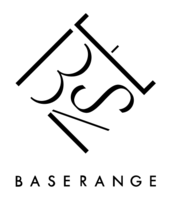The concept of repair to us is about repairing our relationships with our clothing and the prevailing production practices of the industry. We spend time on repair to replace the system we are working in with more connection and thoughtfulness. It’s also about an awareness of resources that have already been extracted and using that in our processes. Lastly, our repair concept adds to our ongoing practice of questioning what is beautiful and what we view as waste. This shows through our explorations of the interactions between fabrics and their surroundings such as soil, waste and textile off-cuts. Our definition of repair is, therefore, a fluid interpretation of the different approaches we want to acknowledge. The concept is a constantly evolving study between its philosophy and practical applications.
To process our thoughts on how to make use of what exists and give it new life, we are working with different repair processes.
Mend
In the mending process, we repair holes, tears, stains, and irregularities. Fabrics sometimes get pilling, uneven or crinkled in the wash. Yarn, wool and fabric scraps are used to darn the clothes and emphasise the mending process. These are made of customer returns and clothing that was damaged in production.
Study
This is a more thorough process of redesign, where we combine pieces of clothing or add on small found objects or thrifted items, such as rope, jewellery or wood pieces. We also experiment with natural dyes, soil immersion and processes of degradation. For these pieces, we use production and sales samples, as well as returned items. These experimentations often feed into the development of our seasonal collections.
Off-cuts
We also do weaving, tying, knotting and sewing of thin fabric pieces. The fabric pieces are reconnected to create something experimental and intuitive. These are made using the cutting waste from our production.

